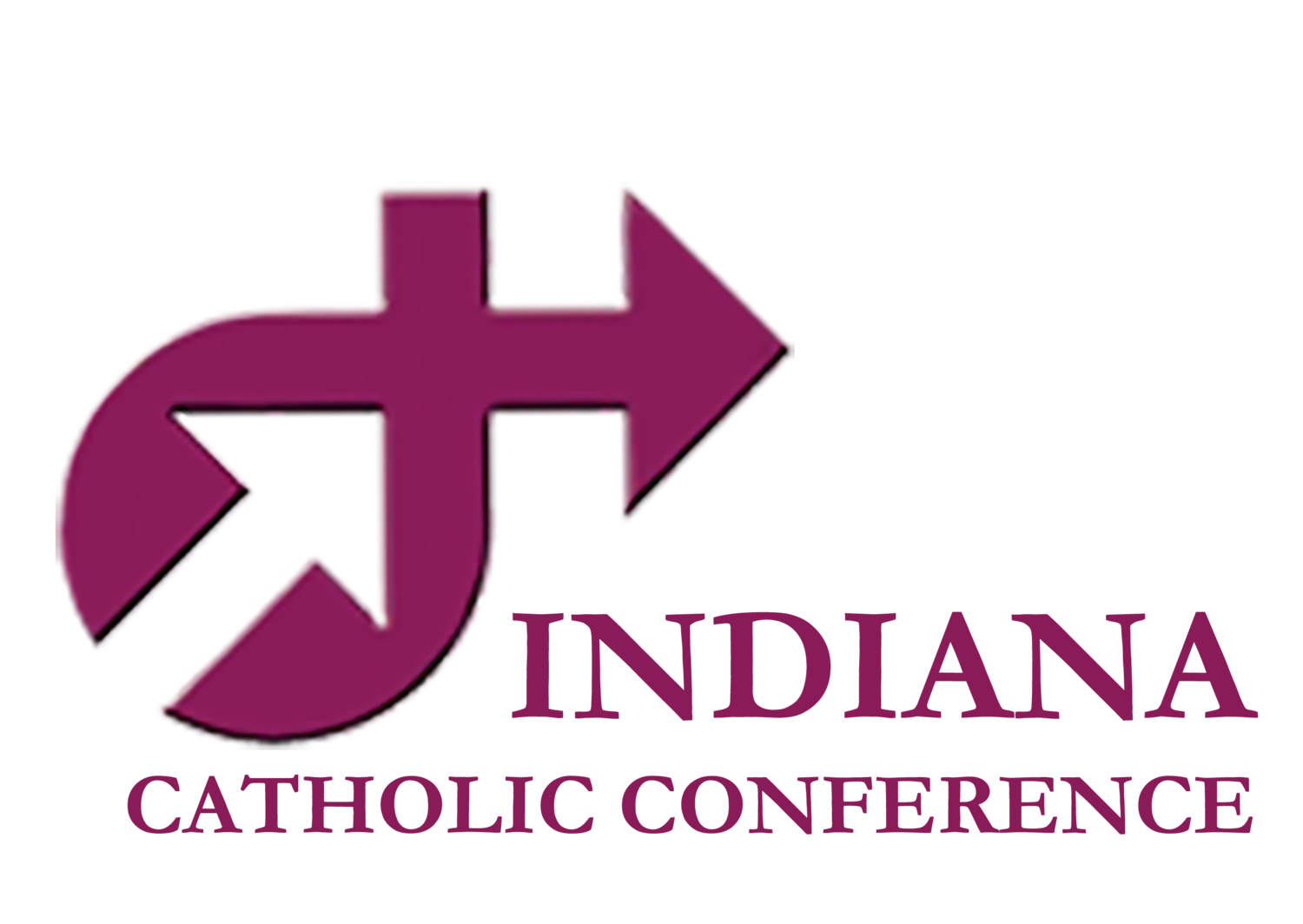Venerable Pierre Toussaint
Note: This article is one several on the contributions of Black Catholics in the Church and their paths to Sainthood.
Pierre was born in Haiti and brought to New York City as a slave, where he died a free man.
Bérard, the plantation owner and Pierre's master, allowed Pierre's grandmother to teach her grandson how to read and write. In his early 20s, Pierre, his younger sister, his aunt, and two other house slaves accompanied their master’s son to New York City because of political unrest at home. Apprenticed to a local hairdresser, Pierre learned the trade quickly and eventually worked in the homes of rich women in New York City.
When his master died, Pierre supported his master’s widow and the other slaves himself, and was freed shortly before the widow’s death in 1807. Four years later, he married Marie Rose Juliette, whose freedom he had purchased. They later adopted Euphémie, his orphaned niece. Both preceded him in death.Within the Catholic community, even during his lifetime, Toussaint enjoyed the reputation of an exceptionally devout and charitable person. Every day he attended the 6:00 a.m. Mass in St. Peter's Church, where he was a pewholder for many years. He also raised funds to build the original St. Patrick's Cathedral and St. Vincent de Paul Church.
Pierre donated to various charities, generously assisting blacks and whites in need. He and his wife opened their home to orphans and educated them. The couple also nursed abandoned people who were suffering from yellow fever. Perhaps his favorite charity was St. Patrick's Orphan Asylum, an institution that he often visited. Urged to retire and enjoy the wealth he had accumulated, Pierre responded, “I have enough for myself, but if I stop working I have not enough for others.”
In recognition of Pierre Toussaint's virtuous life, the late Cardinal Terence Cooke introduced Pierre's cause for canonization at the Vatican in 1968. In December 1989, the late Cardinal O'Connor had the remains of Pierre Toussaint transferred from Lower Manhattan to St. Patrick's Cathedral in midtown Manhattan where he is buried as the only lay person, alongside the former Cardinal-Archbishops of New York City. On December 17, 1997, Pope John Paul II declared Pierre Toussaint, Venerable, thus placing him firmly on the road to becoming North America's first black saint.
Source: https://obmny.org/venerable-pierre-toussaint; https://www.franciscanmedia.org/venerable-pierre-toussaint/
Used with permission of the National Black Catholic Congress ©2019

